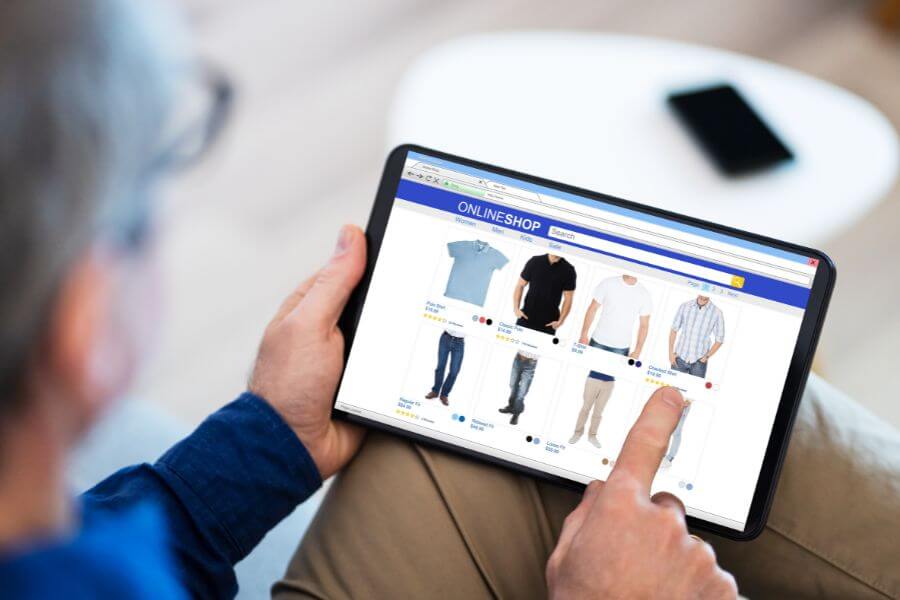Dropshipping continues to be a popular business model in 2024, attracting entrepreneurs with its low entry barriers and potential for profit. However, many newcomers have questions about how it works and how to succeed. Here are the top 20 most frequently asked questions about dropshipping, along with detailed answers to help you navigate this business model.
1. Is dropshipping still profitable in 2024?
Yes, dropshipping can still be profitable in 2024. Profitability largely depends on factors such as product selection, marketing strategies, and operational efficiency. With the right approach, dropshippers can tap into niche markets and leverage tools like Sell The Trend to enhance their profitability by providing data-driven insights and automation.
2. How much do dropshippers make?
The earnings of dropshippers vary widely depending on their business scale, product selection, and marketing efforts. Some successful dropshippers earn thousands of dollars per month, while others may struggle to break even. It’s essential to have a well-researched business plan and continuously optimize your operations.
3. Is dropshipping legal?
Yes, dropshipping is a legal business model. However, it’s crucial to comply with all relevant laws and regulations in your country or region. This includes obtaining any necessary business licenses and ensuring that your products meet safety standards.
4. Can I get rich with dropshipping?
While some entrepreneurs have achieved significant financial success with dropshipping, it’s not a get-rich-quick scheme. Success requires dedication, strategic planning, and continuous learning. Many factors influence profitability, including product selection, supplier reliability, and effective marketing.
5. Can I start dropshipping with no money?
Starting a dropshipping business with no money is challenging but not impossible. You can begin by using free e-commerce platforms or social media channels to market products. However, having some initial capital can help cover essential costs like website hosting, marketing, and product research tools.
6. Can I start a dropshipping business as a teen?
Yes, teenagers can start a dropshipping business as long as they comply with legal requirements such as age restrictions for setting up online accounts or handling financial transactions. It’s advisable to have parental guidance or partnership if you’re underage.
7. Is dropshipping too saturated?
While certain niches may be saturated, there are always opportunities for innovation and differentiation within the market. Success often comes from identifying unique products or underserved markets and offering superior customer service.
8. How do I find a great dropshipping product?
Finding great products involves thorough research using tools like Google Trends or specialized product research platforms such as Sell The Trend. Look for products with growing demand and low competition to increase your chances of success.
9. How do I create my dropshipping store?
Creating a dropshipping store involves choosing an e-commerce platform like Shopify or WooCommerce, selecting a niche, sourcing products from suppliers, and setting up your online storefront with compelling product listings and user-friendly design.
10. Why would customers buy from me instead of AliExpress or Amazon?
Customers may choose your store over larger platforms due to personalized service, unique product offerings, faster shipping times (if you partner with local suppliers), or better pricing strategies.
11. How do I handle dropshipping refunds?
Handling refunds requires clear policies that outline conditions for returns and refunds. Ensure transparency with customers about timelines and any associated costs. Having good supplier relationships can also facilitate smoother returns processes.
12. How do I pay taxes when dropshipping?
Tax obligations vary by location but generally involve paying sales tax on transactions made within certain jurisdictions. It’s important to consult with a tax professional to ensure compliance with all applicable tax laws.
13. Will dropshipping be profitable in 2024?
Dropshipping remains viable in 2024 if approached strategically. Focus on finding trending products, optimizing marketing efforts, and maintaining excellent customer service to maximize profitability.
14. How do I deliver good customer service?
Delivering good customer service involves responding promptly to inquiries, being transparent about shipping times and policies, offering personalized solutions, and providing multiple contact methods such as email or live chat.
15. How much money do I need to start dropshipping?
The initial investment for dropshipping varies but typically includes costs for website hosting, marketing campaigns, domain registration, and possibly subscription fees for product research tools or ecommerce platforms.
16. What are the best niches for dropshipping in 2024?
The best niches often involve trending products or underserved markets where you can offer unique value propositions. Conduct thorough market research to identify opportunities that align with consumer interests in the current year.
17. How do I find reliable suppliers?
Finding reliable suppliers involves researching potential partners through platforms like AliExpress or attending trade expos. Look for suppliers with positive reviews, good communication practices, and reasonable shipping times.
18. What are common mistakes made by beginners in dropshipping?
Common mistakes include poor supplier selection, inadequate market research, neglecting customer service, over-reliance on paid advertising without testing strategies first, and failing to establish clear return policies.
19. What platforms are best for building a dropshipping store?
Popular platforms include Shopify for its user-friendly interface and extensive app ecosystem; WooCommerce for flexibility if you prefer WordPress; and other options like BigCommerce depending on specific needs such as scalability or integrations.
20. How can I effectively market my dropshipping store?
Effective marketing strategies include leveraging social media advertising (e.g., Facebook Ads), search engine optimization (SEO), influencer partnerships within your niche market space; email marketing campaigns targeting existing customers; content creation such as blogs or videos showcasing products creatively.





